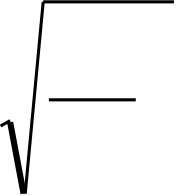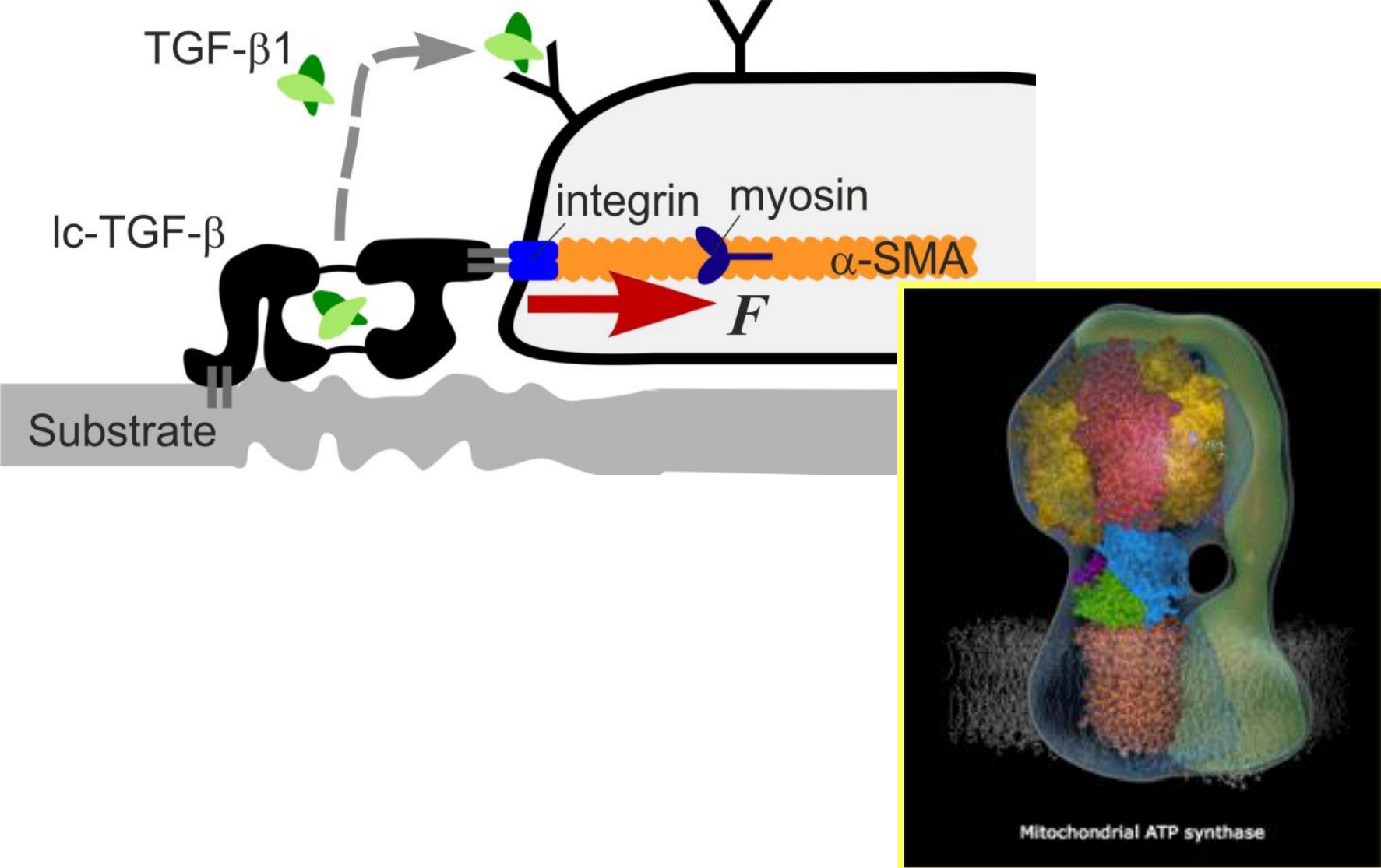Soft condensed matter eugene terentjev elements fluid dynamics
Soft Condensed Matter
Eugene Terentjev• Elements of fluid dynamics, focusing on low-Re regime;• Viscoelasticity, focusing on relaxation/damping;
• Brownian motion, focusing on diffusion & activation;• Interactions, focusing on fluid-mediated and interfaces;• Self-assembly, focusing on equilibrium structures;• Elements of polymer physics: single chain in solution, phase equilibrium, networks and rubber elasticity
2
Pierre-Gilles de Gennes
Nobel Prize in Physics 1991
|
|||
|---|---|---|---|
| • |
|
||
| • | |||
| • | |||
| • | |||
|
|||
What do we mean by
Soft Condensed Matter?
Most of the biological systems, from peptides and proteins to cells, to organisms fall into the “soft matter” category
The predominant techniques we use are classical mechanics and statistical physics
‘a discipline still waiting to be adequately defined’
(Cotterill – Biophysics an Introduction).
| TMV | Cell Membrane |
|---|
of biological phenomena that require soft matter physics.
| 6 |
|---|
o no vorticity (electromagnetic analogy)
| 7 |
|
|---|




| ρ i | = −∇i | p | 2 | +∇ | i | |||||||||||||||||||||
|---|---|---|---|---|---|---|---|---|---|---|---|---|---|---|---|---|---|---|---|---|---|---|---|---|---|---|
|
∇ | 2 | v | = ∇ | div | v | − | curlcurl |
|
|||||||||||||||||
| 2 | v i | i | p | + | f |
|
||||||||||||||||||||
Full (convective) time |
d x |
|
||||||||||||||||||||||||
| d t | ||||||||||||||||||||||||||
| Fluid rotates about cylinder axis | 2 | 1 | ||||||
|---|---|---|---|---|---|---|---|---|
2
1 |
|
|||||||
| A | ||||||||
| | ||||||||
| | still: | (v | ⋅∇ | )v | = | |||
| So generally, we have for the axial shear stress | ||||||||
|
||||||||
| 2 | ||||||||||||||||||||||||||||||||||
|---|---|---|---|---|---|---|---|---|---|---|---|---|---|---|---|---|---|---|---|---|---|---|---|---|---|---|---|---|---|---|---|---|---|---|
| L.H.S. | (vθ | ⋅∇ | ) | vθ | = | 0 | z | A |
|
|||||||||||||||||||||||||
| Steady-state, so ∂v/∂t = 0 | ||||||||||||||||||||||||||||||||||
| Velocity ┴ gradient, so |
|
|||||||||||||||||||||||||||||||||
| But the radial component of convective acceleration is present: |
[(v | ⋅∇ | ) | v | ]r | |||||||||||||||||||||||||||||
| R.H.S. | ||||||||||||||||||||||||||||||||||
| There are no forces along θ | d P | = |
r |
|||||||||||||||||||||||||||||||
| But there has to be a radial gradient: | ||||||||||||||||||||||||||||||||||
| d r | ||||||||||||||||||||||||||||||||||
| Also, the laminar friction term in 2D polar coordinates takes the form: | ||||||||||||||||||||||||||||||||||
| d | 2 | vθ | + | 1 | d | vθ | − | vθ | ||||||||||||||||||||||||||
| d | r | r | d |
|
r | 2 | c 2 | |||||||||||||||||||||||||||
|
=ω⋅ | r | = | cr 1+ | ||||||||||||||||||||||||||||||
| r | 12 | |||||||||||||||||||||||||||||||||
| σ |
|
η r | dω | = | 1) | |||
|---|---|---|---|---|---|---|---|---|
| θr | vθ(r) |
|
||||||
|
||||||||
| 13 | ||||||||
| Laminar friction term is |
|
|||||||
|---|---|---|---|---|---|---|---|---|
| Pressure gradient imposed: ∇ | xP | = ∆P L / ) | ||||||
| There are no other forces along x | ||||||||
| All we are solving here is: | dv 2 | x | = | |||||
| dy | 2 | |||||||
On solid surface: no-slip boundary
condition is assumed
|
|
|||||||||
|---|---|---|---|---|---|---|---|---|---|---|
| F |
|
|||||||||
| The total rate of flow: | Q | = | ∫ | x | 2 | |||||
|
⊥ | x | 14 | |||||||
Example: blood flow
|
|---|


Onset of flow: diffusion of vorticity
| Definitely t-dependence: ∂v/∂t ≠ 0 | y |
|
||||||||
|---|---|---|---|---|---|---|---|---|---|---|
| But velocity ┴ gradient, so | ||||||||||
| We only have: |
|
|||||||||
| x | ||||||||||
| Since there is neither a pressure gradient , nor any external force along x, the motion is driven by the boundary condition! | ||||||||||
|
||||||||||
| So we are solving: | ρ | η | ∂ | 2 | v | |||||
| ∂y | 2 | ∂y 2 | ||||||||
which gives the “wave vector”
|
v | = | u 0 | ⋅ | e | − | y | /δ | ⋅ | e | i | [ωt y |
|
18 |
|---|

Reynolds’ Number
| A heuristic argument gives a feel for this number for a
simple geometry of a spherical particle.  |
|
|---|---|
| Re = | |
|
|
More generally (i.e. not for a sphere) R will be some characteristic length scale of the object or flow geometry.
|
|
|---|---|
|
|
2 |
|




 R
R


